Ancestor worship is a long-standing traditional ritual of the Lo Lo people, usually held annually on the 14th day of the 7th lunar month. In each Lo Lo house, the ancestral altar is placed in the middle room, the most solemn place in the house, usually level with the rafters, above the altar are wooden figures symbolizing the souls of ancestors. According to custom, each Lo Lo family has an ancestral altar, but the common ancestral worship ceremony of the clan is only held at the head of the clan's family. The head of the clan is the one who prepares the offerings, and the families in the clan contribute according to their ability.
The Lo Lo people's ancestor worship ceremony has three main rituals: the sacrifice ceremony, the memorial ceremony, and the farewell ceremony.
Before the ceremony, the eldest son in the family needs to prepare offerings including 1 chicken, 3 cups of wine, sticky rice, fresh flowers, fruit, and votive paper money. Previously, the ancestor worship ceremony required the following offerings: 1 cow, 1 pig, 1 chicken, sticky rice, wine, votive paper money, oil lamp, and a pair of bronze drums. They believe that ancestors are people from previous generations who gave birth to them and are divided into two systems: near ancestors (duy khe) including ancestors from 3 to 4 generations and far ancestors (po xi) including ancestors from the 5th or 6th generation onwards.
The Lo Lo people's ancestor worship ceremony is aimed at the deceased, reminding descendants of their roots and creating a bond between generations. The Lo Lo people in many regions still preserve this beautiful custom to this day, and this is also a cultural event that attracts many tourists and photographers who are passionate about exploring the cultural identity of the highlands.
During that time, the boys in the family will go into the forest to find the freshest and most beautiful su choeo grass to weave into costumes for forest people, also known as “Grass Ghosts” (Gha Lu Ngang). The girls also prepare costumes and dresses to participate in dancing in the ceremony, with buttons sewn in vertical rows on their hats and shirts to show solidarity and community attachment.
Before the main ceremony, the clan leader invites the shaman to perform the ceremony of presenting to the ancestors with the "winging" (chicken cutting) ritual. In the worship ceremony of the Lo Lo people, this ritual cannot be missed. The shaman performs the chicken cutting ceremony right in front of the altar and then places it on the table as an offering under the watchful eyes of all the clan members. The clan leader will pour wine to thank the shaman for not minding the long journey to help the family.
After finishing the cup of wine offered by the homeowner, the shaman performs the ritual, inviting the homeowner's ancestors to attend the ceremony, enjoy the offerings offered by the descendants, and pray for the ancestors to bless the descendants with good health, happiness, good studies, full granaries of rice, full pens of buffaloes, cows, pigs and chickens, and everything goes smoothly... Meanwhile, the chickens will be slaughtered to offer to the ancestors, and the pigs will be brought out to the yard for sacrifice.
When the shaman's words have ended and the prayer has ended, the bronze drum beating ritual is performed. The pair of bronze drums - the sacred treasure of the Lo Lo community - is an indispensable item in the ritual, consisting of 1 male drum and 1 female drum. The female bronze drum (gianh du) is always the big drum, while the male drum (gianh ke) is the smaller drum. This pair of drums is only used when there are important rituals and festivals in the community, clan such as dry ghost ceremonies, ancestor worship, bad luck removal, stone god worship... If the house does not have one, the family must send someone in the clan to borrow it, because this is the sacred treasure of the community. The person invited to beat the drum must be a reputable person, usually an artisan with many years of experience. The drum is also the only musical instrument used in this ritual.
The sound of bronze drums resounded, women in traditional costumes danced excitedly with the "Grass Ghost" troupe.
Mr. Sinh Di Trai, Lung Cu commune, Dong Van district said that the ancestor worship ceremony of the Lo Lo people is often held at home to teach children to look back to their roots, be grateful to their ancestors, and create a bond between family, clan, and village.
After the ritual dance of the girls and the “Grass Ghost” troupe ended, the homeowner immediately prepared the second offering – a ceremony to commemorate the ancestors. The offerings were a pig, sticky rice, wine, gold and incense… In front of the family and the community, the shaman performed the offering ceremony, hoping that the ancestors would bless their descendants with good health, joy and happiness. The head of the family continued to pour wine to thank the shaman.
When night falls, the shaman performs the ceremony to send off the ancestors. A large fire is lit in the middle of the yard. By the bright light of the fire, the shaman, on behalf of the family, reports to the ancestors about the offerings made by the descendants, asking the ancestors to accept the sincerity and rest in peace in the afterlife, and to bless the descendants with good luck. After that, the offerings of gold and silver are burned by the shaman to end the ceremony at dawn the next day. Other offerings are processed into many dishes, divided among the members participating in the ceremony and organized into a party for the community to enjoy together.
Unique "Grass Ghost"
“Grass Ma” is the most unique feature in the ancestor worship ceremony of the Lo Lo people. “Grass Ma” costumes are usually woven and tied right before the ceremony takes place. The grass is collected by the villagers in the forest, it is su choeo grass, a soft, tough grass, easy to weave and tie for disguise. The grass chosen is usually young green, so the costume has a beautiful fresh green color.
The “Grass Ghosts” were disguised at a secret location outside the village. The people who played the “Grass Ghosts” were wrapped in grass to cover their entire bodies, and wore bamboo masks, with only their eyes and mouths exposed. The people who played the “Grass Ghosts” were from the village, invited by an uncle or the son-in-law of the homeowner.
On the way to the ceremony, no one is allowed to look at or go against the “Grass Ghost”, only from a distance. When arriving, the “Grass Ghost” kneels three times before the altar, kneels to the shaman before performing the dancing ritual. After dressing up, the “Grass Ghost” will dance to the beat of the drums all day.
The "Grass Ghost" dance ritual.
The dancing ritual with the “Grass Ghost” usually lasts for several hours, depending on the time of the ceremony. Therefore, the person who dresses up as the “Grass Ghost” must be in good health and enthusiastic, because they have to dance until the end of the memorial ceremony, usually until 5 pm, without being allowed to eat, talk, walk, dance, or stumble because the Lo Lo people believe that if the “Grass Ghost” stumbles or is recognized, the homeowner will have a lot of bad luck that year. The “Grass Ghosts” only rest and eat for a while at noon and are offered drinks by the homeowner during the dancing time.
The ritual ends, the grass ghost kneels before the altar, the shaman, the bronze drum, goes out the gate and hides behind the village, choosing a secret place where no one can see him, then takes off his grass costume, goes home to bathe and then continues to participate in the ceremony to send off his ancestors that is held at nightfall.
“Grass Ghost” “dancing” is also the most important activity in the ancestor worship ceremony, because the Lo Lo people believe that the Grass Ghost is the origin of their ancestors who used grass and trees as clothes in the forest. Nowadays, if they want their ancestors to return to witness the sincerity of their descendants, they must have a “Grass Ghost” to guide them. “Grass Ghost” is like a bridge between the descendants in the mortal world and their ancestors in the other world. Perhaps because of that strong spiritual belief, the “Grass Ghost” troupe dances from the beginning of the ceremony until the end to the beat of the drums without getting tired.
Not only is it a spiritual ritual with a unique cultural identity, the ancestor worship ritual also represents the Lo Lo people's philosophy of life, is humanistic, guides the next generations back to their roots and creates a bond between generations. The "Ma co" dance not only has the meaning of remembering ancestors, but also contains the cultural quintessence and philosophy of life of the Lo Lo people, and is also a unique artistic ritual.
The ancestor worship ceremony of the Lo Lo people in Lung Cu commune, Dong Van district, Ha Giang province has been recognized by the Ministry of Culture, Sports and Tourism as a national intangible cultural heritage in the category of social customs and beliefs.
Nhandan.vn
Source: https://special.nhandan.vn/Doc-dao-le-cung-to-tien-cua-nguoi-lolo/index.html



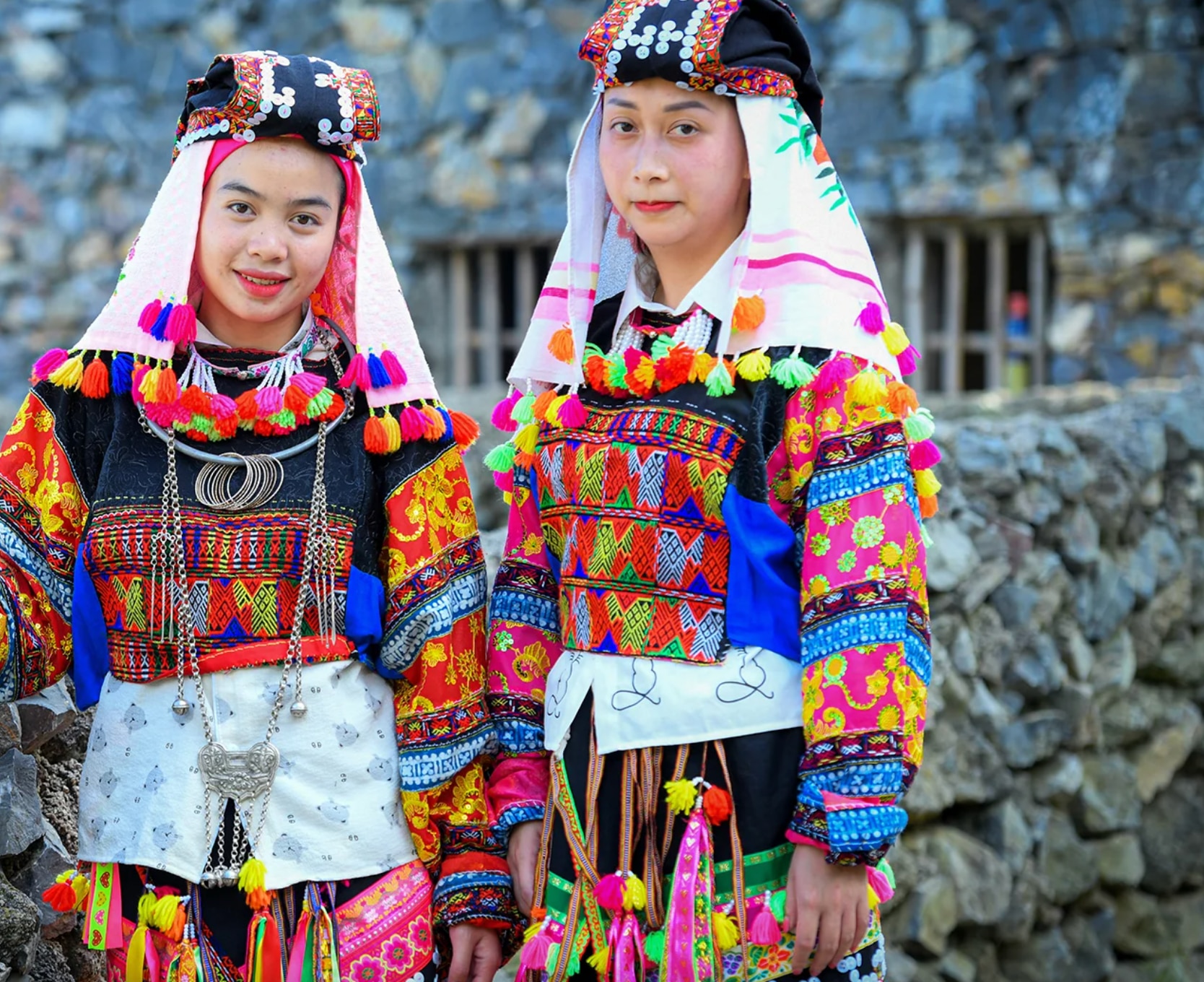

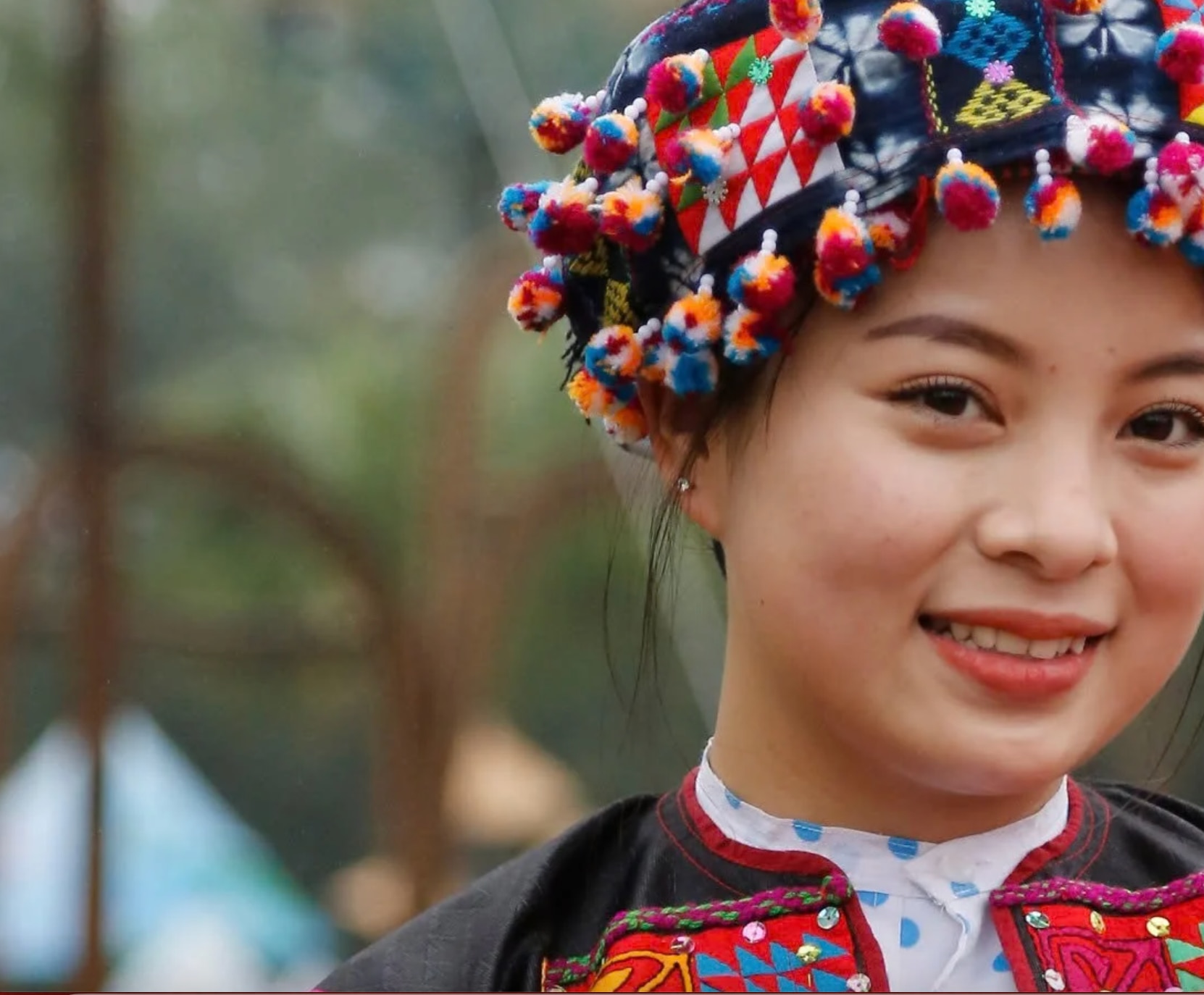
![[Photo] Nhan Dan Newspaper announces the project "Love Vietnam so much"](https://vstatic.vietnam.vn/vietnam/resource/IMAGE/2025/4/17/362f882012d3432783fc92fab1b3e980)
![[Photo] The beauty of Ho Chi Minh City - a modern "super city" after 50 years of liberation](https://vstatic.vietnam.vn/vietnam/resource/IMAGE/2025/4/18/81f27acd8889496990ec53efad1c5399)

![[Photo] General Secretary To Lam receives CEO of Warburg Pincus Investment Fund (USA)](https://vstatic.vietnam.vn/vietnam/resource/IMAGE/2025/4/18/7cf9375299164ea1a7ee9dcb4b04166a)
![[Photo] National Assembly Chairman Tran Thanh Man meets with outstanding workers in the oil and gas industry](https://vstatic.vietnam.vn/vietnam/resource/IMAGE/2025/4/17/1d0de4026b75434ab34279624db7ee4a)
![[Photo] Closing of the 4th Summit of the Partnership for Green Growth and the Global Goals](https://vstatic.vietnam.vn/vietnam/resource/IMAGE/2025/4/17/c0a0df9852c84e58be0a8b939189c85a)
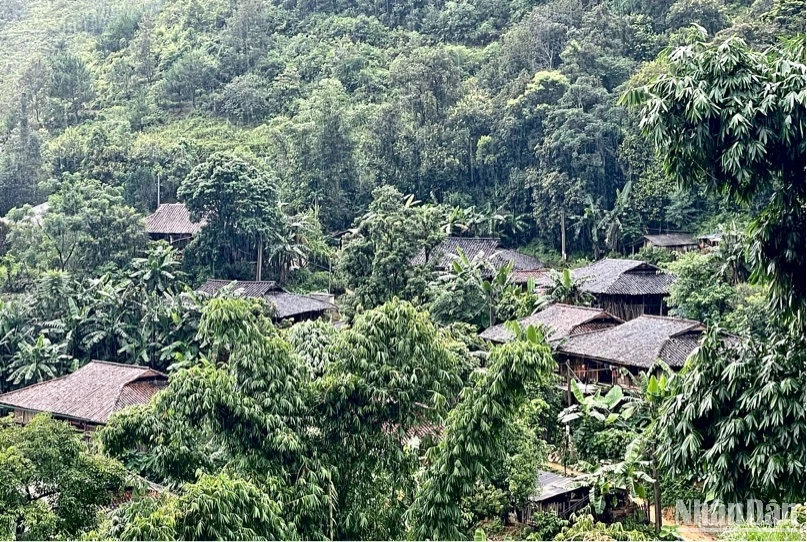
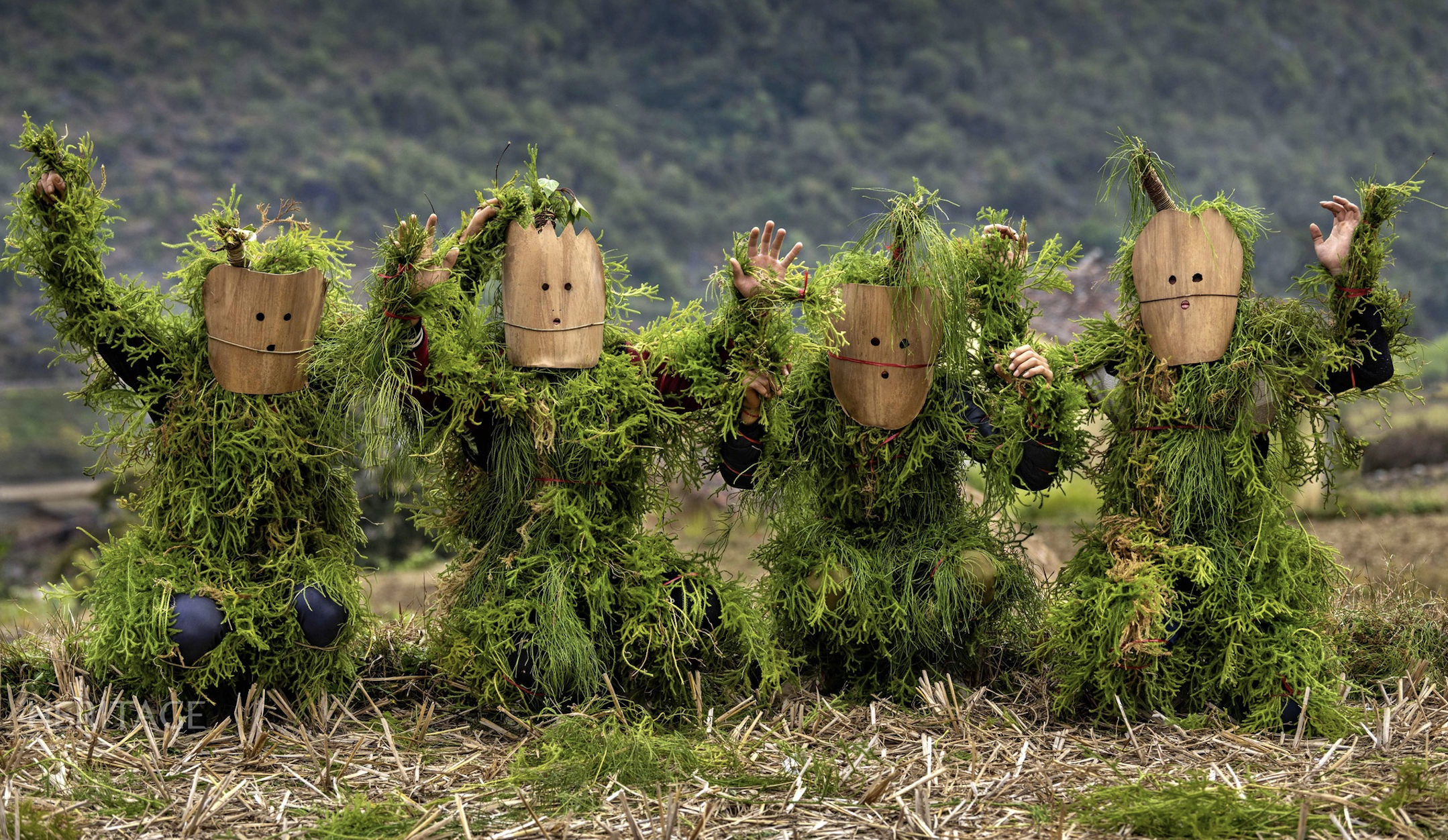

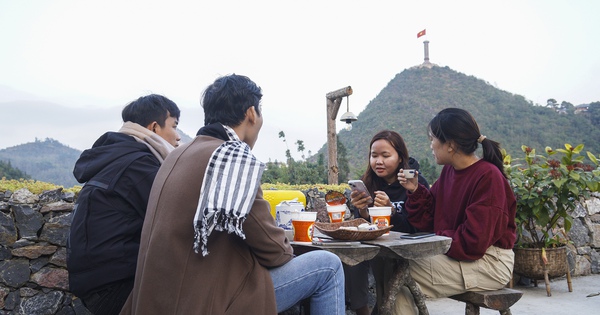

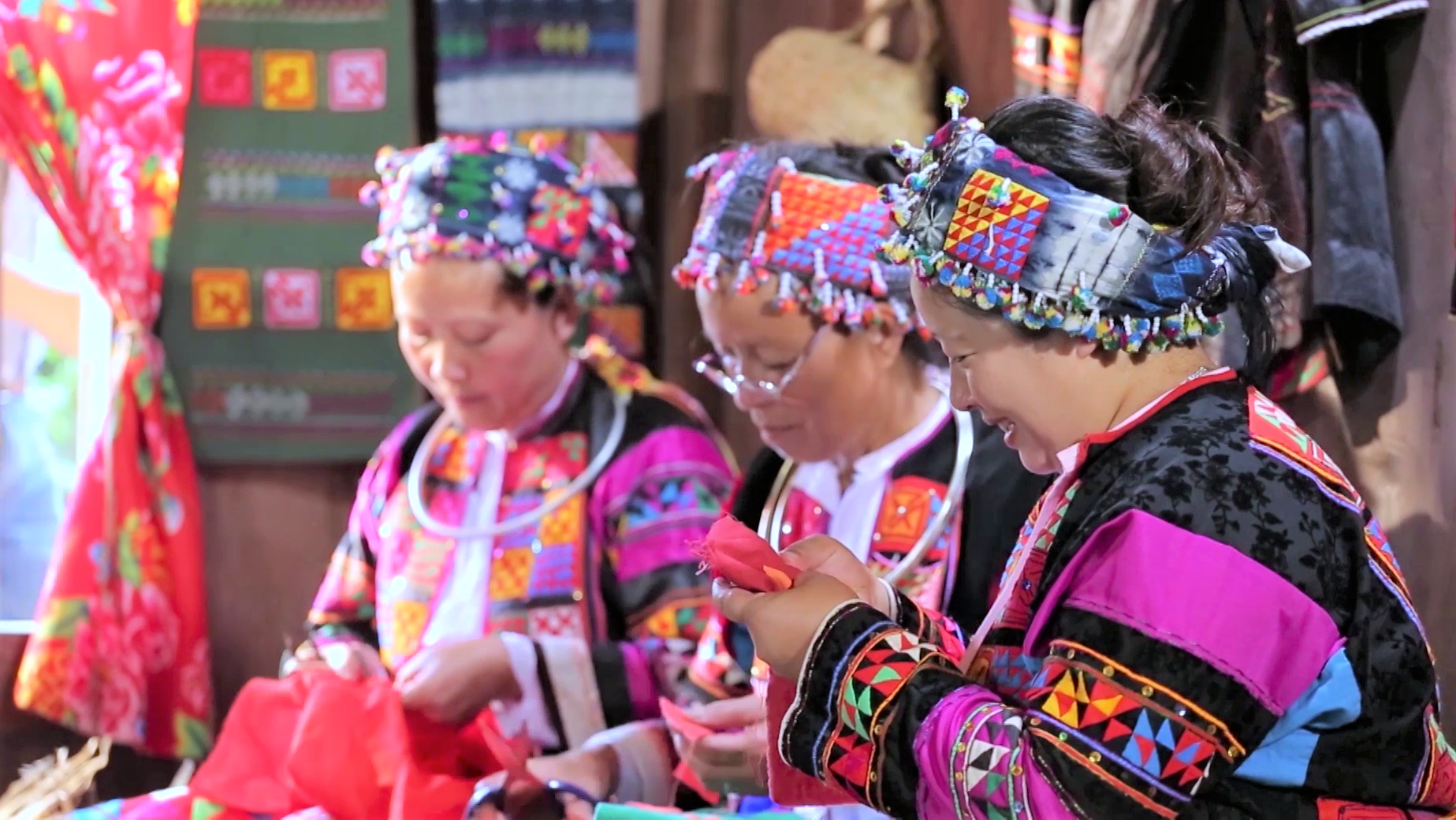





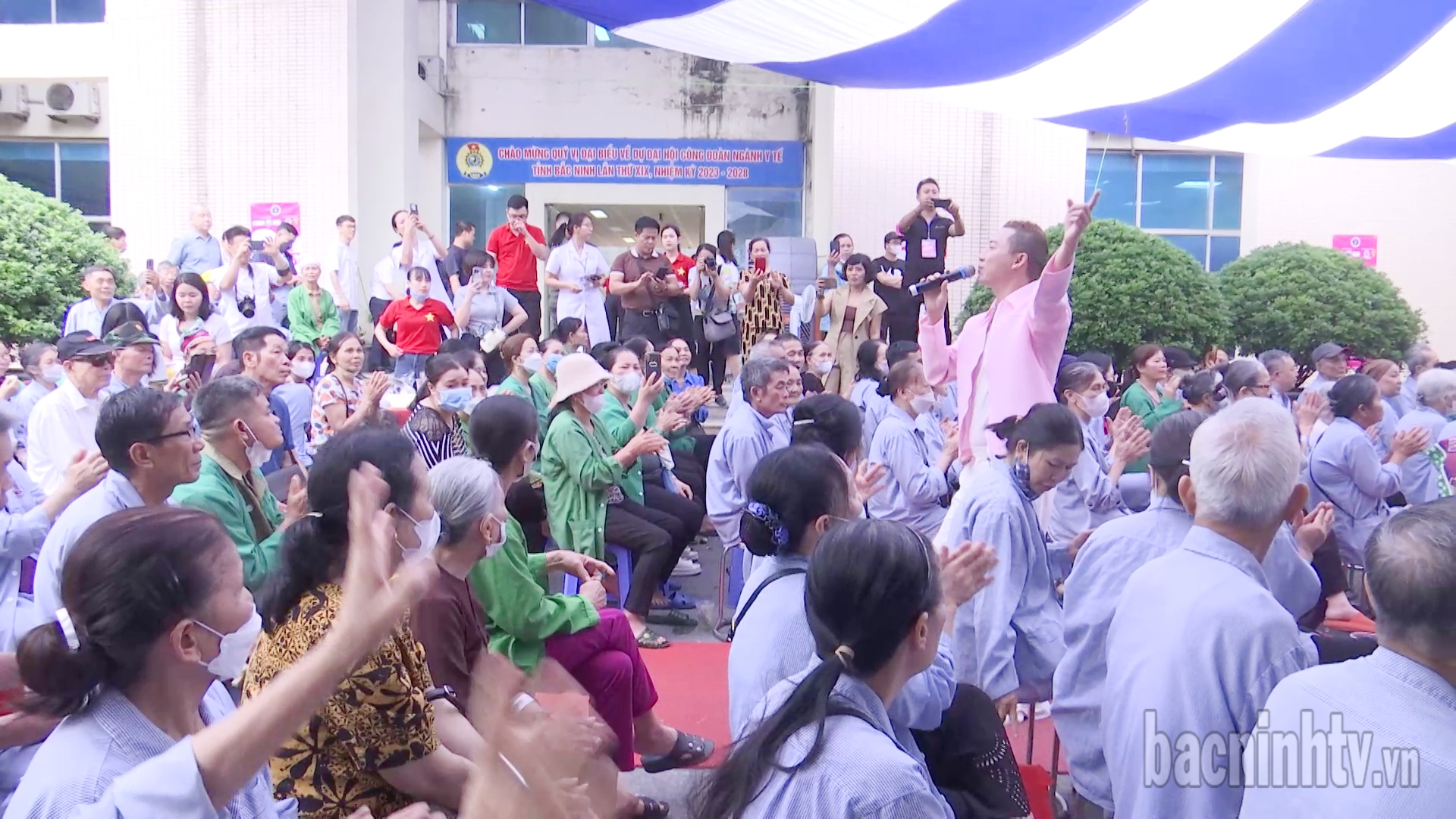
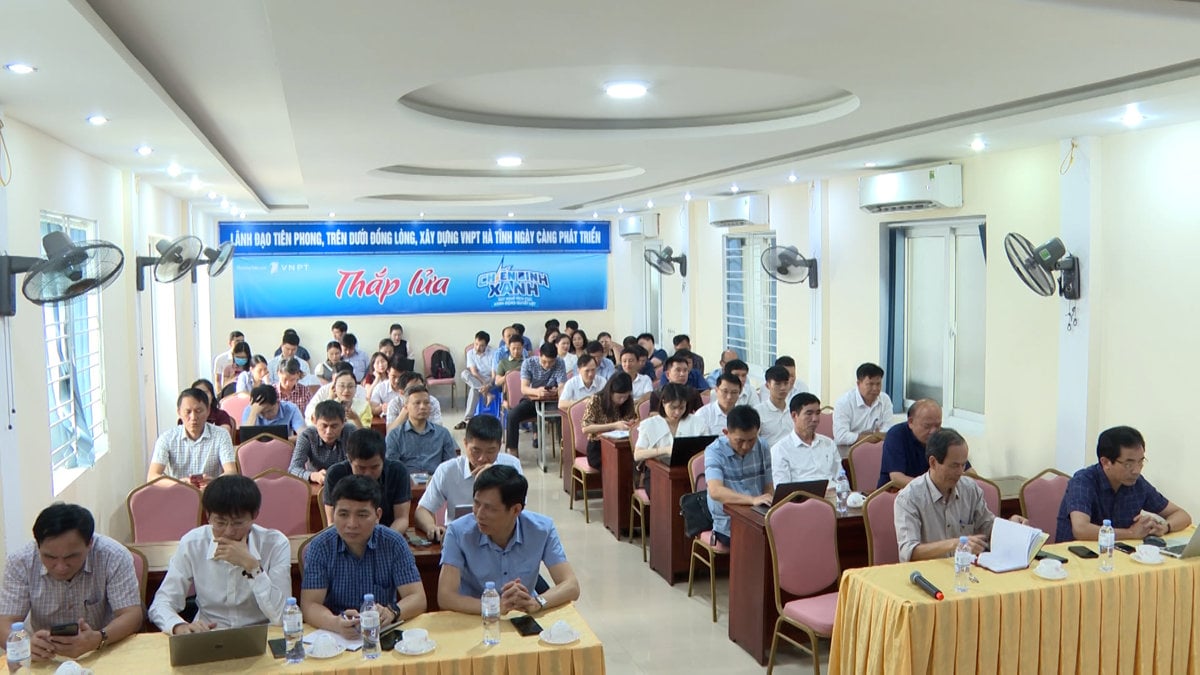









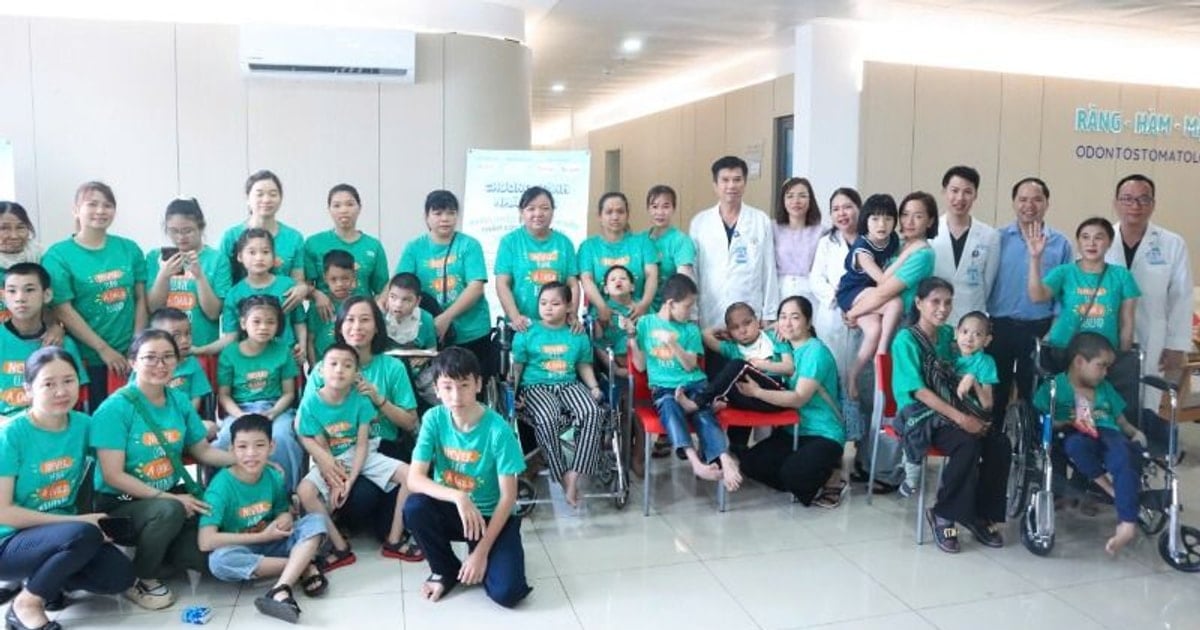
![[Photo] Promoting friendship, solidarity and cooperation between the armies and people of the two countries](https://vstatic.vietnam.vn/vietnam/resource/IMAGE/2025/4/17/0c4d087864f14092aed77252590b6bae)































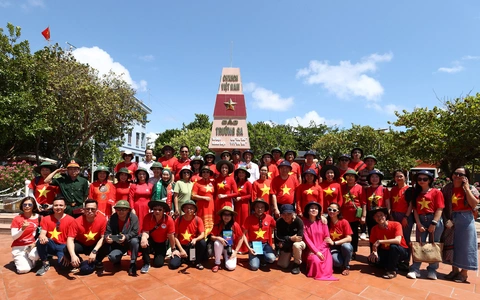

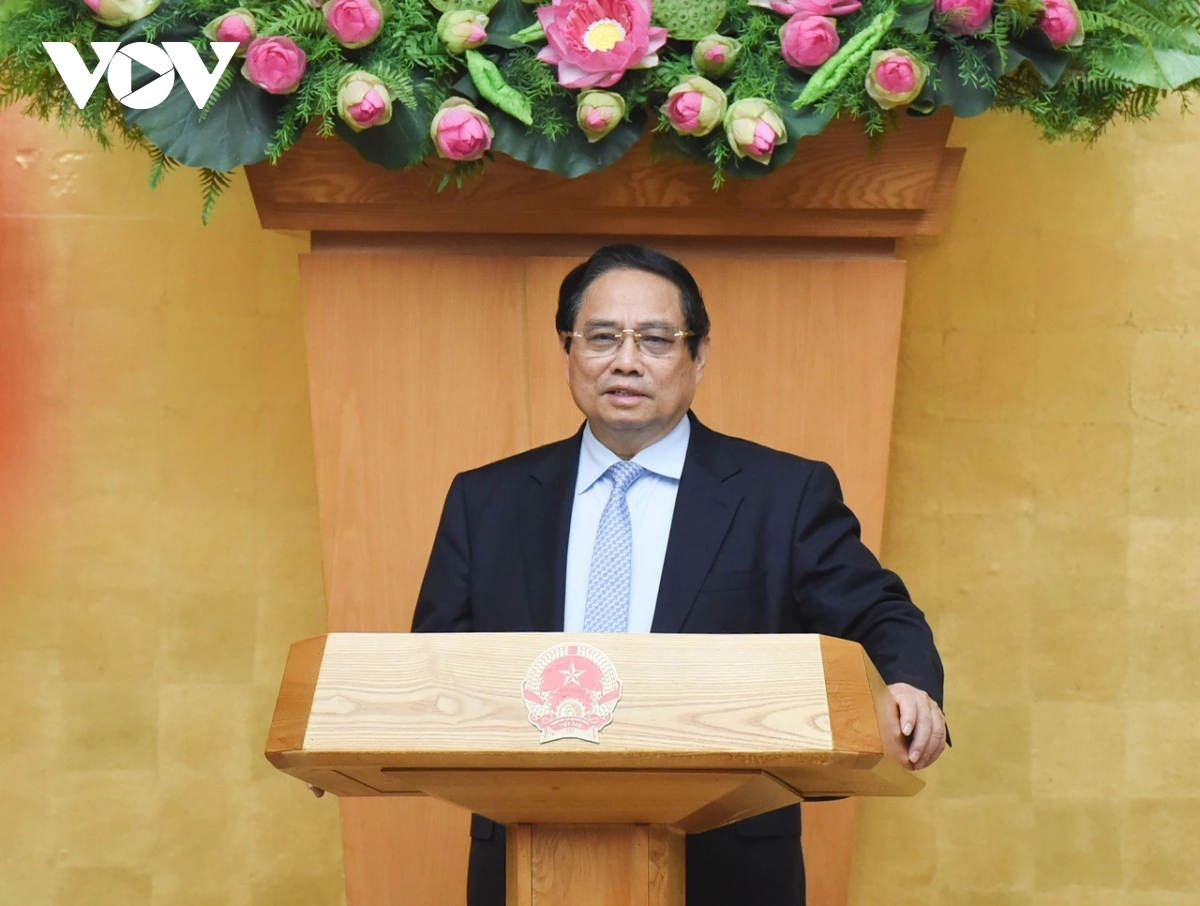




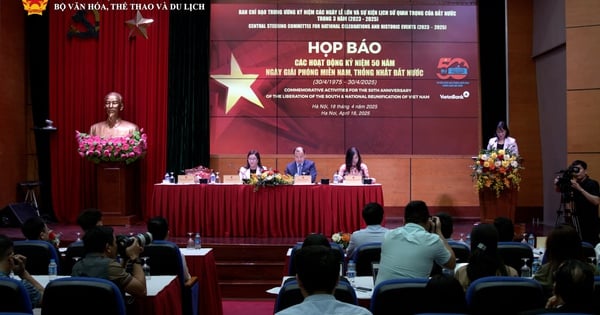

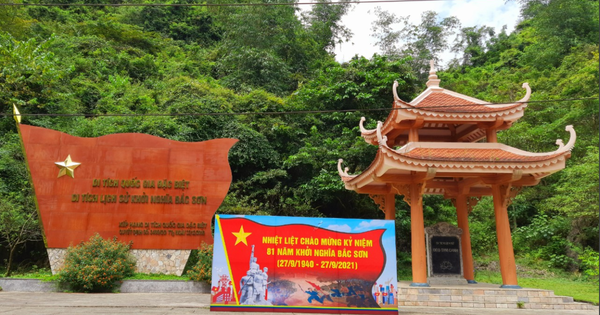

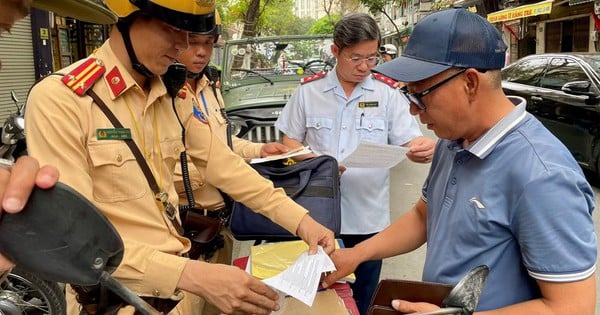
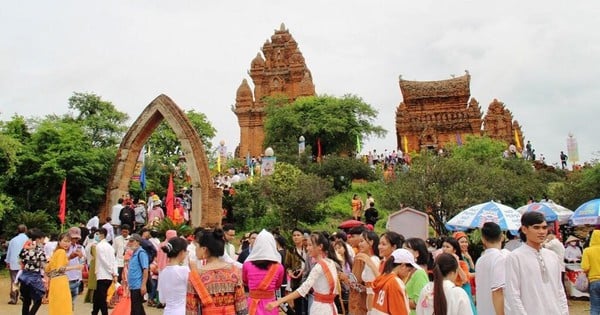








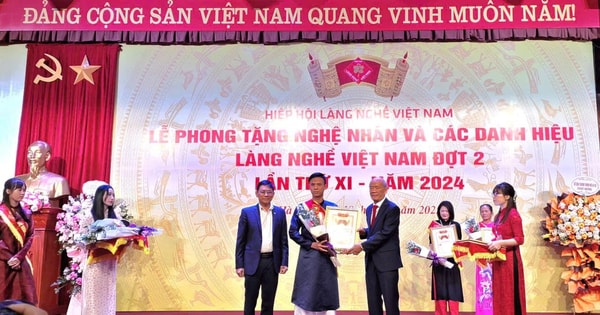













Comment (0)